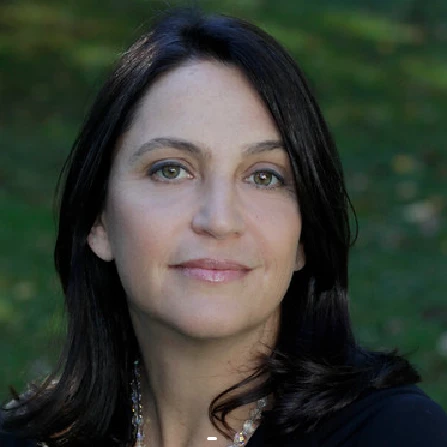Those who live in fragile and conflict-affected states face limitations that most of us simply cannot comprehend. Not only do the larger cycles of conflict and insecurity often lie beyond the control of individual adults, but the weak institutions that characterize these economies also severely restrict the opportunities for adults to manage their risks and improve their own lives. Amartya Sen has written that the central aspect of well-being is 'functioning,' defined as the freedom of choice and control over one's life. For adults living in fragile and conflict-affected states, the inability to smooth consumption and make investments through formal savings and credit systems is one of many restrictions on their 'functioning'.
Just 15 percent of adults in these economies have an account at a formal financial institution, compared to 24 percent, on average, in low-income countries and 43 percent in the rest of the developing world. This is the cruel paradox of financial inclusion in fragile and conflict-affected states: it is in precisely these countries that having a safe place to save or a reliable method to receive remittances is most important, yet access to and usage of basic financial services remains incredibly low.
{C}
Our recently published note — based on new data from the Global Financial Inclusion (Global Findex) Database - documents the unique ways in which these adults manage their day-to-day finances and plan for the future. The note is based on almost 20,000 interviews with adults in 19 fragile and conflict-affected states in 2011.
First, as previously mentioned, adults in fragile and conflict-affected states often do not have access to the basic tools of the formal financial sector. 15 percent of adults in these countries have an account at a formal financial institution, though the share is less than half that in the Democratic Republic of Congo, Guinea, and Sudan. Compared to the rest of the developing world, the gender gap in account penetration is also significantly wider in fragile and conflict-affected states: on average, women are 32 percent less likely than men to have a formal account.
About 25 percent of adults with a formal account in these economies report using their account to receive remittances from family members living elsewhere, compared with 14 percent in the rest of the developing world. In Somaliland 66 percent of account holders report using their account to receive remittances, in Zimbabwe 55 percent, and in Haiti 49 percent. In Somaliland several large remittance companies — like Dahabshiil — serve as de facto banks, offering basic accounts to customers.
We know better than to believe in silver bullets, but it's hard not to get excited about the potential of mobile money to greatly improve the financial lives of adults who do not have access to traditional banking products. Global Findex data reveal that about 11 percent of adults in fragile and conflict-affected states report having used a mobile phone to pay bills or to send or receive money in the past 12 months (more than double the rate of adults in the rest of the developing world). One in ten adults is hardly a large-scale transformation, but the growth to this point has been impressive and there may be important welfare benefits associated with the adoption of these technologies. Research from Kenya suggests that users of mobile money are less likely to experience reductions in consumption following negative income shocks, largely because of their ability to smooth risk via remittances. In Haiti — where 15 percent of adults report using mobile money — mobile payment products have been used as a mechanism for disbursing cash-for-work payments and social benefits to earthquake victims.
Finally, we find that adults in fragile and conflict-affected states have high propensities to borrow, and unique credit needs. 48 percent of adults in these economies report having borrowed money in the past year (significantly more than the share in the rest of the developing world) but just 6 percent of adults report having borrowed from a formal financial institution. The most common purpose of current loans in fragile and conflict-affected states is emergency or health reasons, reported by 22 percent of adults. This large share almost certainly reflects the high incidences of violent conflict and disease, as well as the general lack of government-sponsored health insurance in these economies.
In its current form, the value of the Global Findex data lies in benchmarking, diagnostics, and cross-sectional analysis. However, with the forthcoming updates in 2014 and 2017, the Global Findex will become a powerful tool for better understanding the relationship between the cycles of conflict and state fragility and the financial behaviors of affected adults. The time-series dimension will also facilitate analyses of the impact of financial inclusion reforms and initiatives over time in fragile and conflict-affected states.
The Global Findex data were collected by Gallup, Inc. using the Gallup World Poll Survey. The Research Group is building the database with a 10-year grant from the Bill and Melinda Gates Foundation. The complete country- and micro-level database is available through the Global Findex website.






Join the Conversation